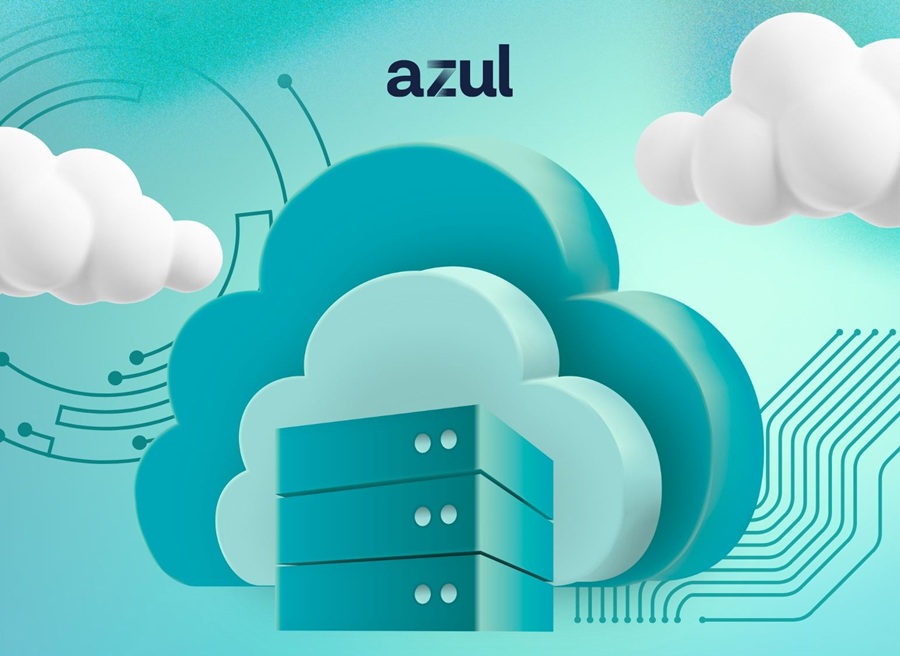Pepperdata announced that the Pepperdata product portfolio now provides autonomous optimization and observability for Spark applications running on Kubernetes.
Kubernetes is a key part of the modern hybrid, multi-cloud architecture in today’s enterprises. Spark is the #1 big data application running on Kubernetes, according to a recent survey of enterprise users. As big data applications move from Spark on legacy systems to Spark on Kubernetes, the performance of these applications can change dramatically.
Pepperdata offers full-stack observability for Spark on Kubernetes, allowing developers to manually tune their applications, while autonomously optimizing resources at run time. The combination of manual and autonomous tuning is necessary to deliver the best price and performance for these applications. Pepperdata uses machine learning across clusters, containers, pods, nodes, users and workflows to give you a complete understanding of your environment.
Pepperdata will automatically optimize Kubernetes resources while providing a correlated and granular understanding of the applications and infrastructure. Observability provides actionable information to debug and understand complex applications, and autonomous optimization ensures that the compute resources are used efficiently.
Features include:
- Autonomous optimization of resources and workloads on Amazon EKS, HPE Bluedata and Red Hat OpenShift.
- Application and infrastructure observability for Spark on EKS, Bluedata and OpenShift as well as YARN.
- A self-service dashboard so developers can manually tune using recommendations for speed or resource utilization.
- Detailed usage attribution for chargeback.
“Kubernetes is becoming increasingly important for a unified IT infrastructure, both in the cloud and the data center. Spark is the number one big data application moving to the cloud, but Spark applications tend to be quite inefficient. Optimization is key to successful implementations,” said Ash Munshi, CEO, Pepperdata. “We saw this early on with our customers, which is why we invested in the development of Spark on Kubernetes, together with Red Hat, Palantir and Google.”
The Latest
In March, New Relic published the State of Observability for Media and Entertainment Report to share insights, data, and analysis into the adoption and business value of observability across the media and entertainment industry. Here are six key takeaways from the report ...
Regardless of their scale, business decisions often take time, effort, and a lot of back-and-forth discussion to reach any sort of actionable conclusion ... Any means of streamlining this process and getting from complex problems to optimal solutions more efficiently and reliably is key. How can organizations optimize their decision-making to save time and reduce excess effort from those involved? ...
As enterprises accelerate their cloud adoption strategies, CIOs are routinely exceeding their cloud budgets — a concern that's about to face additional pressure from an unexpected direction: uncertainty over semiconductor tariffs. The CIO Cloud Trends Survey & Report from Azul reveals the extent continued cloud investment despite cost overruns, and how organizations are attempting to bring spending under control ...

According to Auvik's 2025 IT Trends Report, 60% of IT professionals feel at least moderately burned out on the job, with 43% stating that their workload is contributing to work stress. At the same time, many IT professionals are naming AI and machine learning as key areas they'd most like to upskill ...
Businesses that face downtime or outages risk financial and reputational damage, as well as reducing partner, shareholder, and customer trust. One of the major challenges that enterprises face is implementing a robust business continuity plan. What's the solution? The answer may lie in disaster recovery tactics such as truly immutable storage and regular disaster recovery testing ...
IT spending is expected to jump nearly 10% in 2025, and organizations are now facing pressure to manage costs without slowing down critical functions like observability. To meet the challenge, leaders are turning to smarter, more cost effective business strategies. Enter stage right: OpenTelemetry, the missing piece of the puzzle that is no longer just an option but rather a strategic advantage ...
Amidst the threat of cyberhacks and data breaches, companies install several security measures to keep their business safely afloat. These measures aim to protect businesses, employees, and crucial data. Yet, employees perceive them as burdensome. Frustrated with complex logins, slow access, and constant security checks, workers decide to completely bypass all security set-ups ...

In MEAN TIME TO INSIGHT Episode 13, Shamus McGillicuddy, VP of Research, Network Infrastructure and Operations, at EMA discusses hybrid multi-cloud networking strategy ...
In high-traffic environments, the sheer volume and unpredictable nature of network incidents can quickly overwhelm even the most skilled teams, hindering their ability to react swiftly and effectively, potentially impacting service availability and overall business performance. This is where closed-loop remediation comes into the picture: an IT management concept designed to address the escalating complexity of modern networks ...
In 2025, enterprise workflows are undergoing a seismic shift. Propelled by breakthroughs in generative AI (GenAI), large language models (LLMs), and natural language processing (NLP), a new paradigm is emerging — agentic AI. This technology is not just automating tasks; it's reimagining how organizations make decisions, engage customers, and operate at scale ...
